Ragweed is easy to overlook because the flowers are tiny and light green, which blend in with the plant's green leaves. There are basic two types of ragweed; common ragweed and giant ragweed.
This weed comes up when soil is disturbed. When a plot of land is cleared, ragweed is one of the first plants to sprout up. Its seeds can still germinate for decades.
Ragweed pollen is lightweight and spread by the wind. Once you learn to identify ragweed, you'll see it growing in fields, ditches, vacant lots, alleys, along sidewalks and railroad embankments, and other places.
Goldenrod blooms the same time as ragweed, but has bright yellow flowers. So when people start having allergy symptoms in the fall, they often think goldenrod is causing it because their blooms are so bright and visible. But goldenrod's pollen is heavy and spread by insects, so it's not to blame for fall allergies.


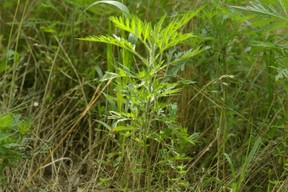 Common Ragweed is also called Hay Fever Weed, Bitterweed, Blackweed, Carrot Weed, Roman and American Wormwood, Stammerwort, Stickweed, and Tassel Weed.
Common Ragweed is also called Hay Fever Weed, Bitterweed, Blackweed, Carrot Weed, Roman and American Wormwood, Stammerwort, Stickweed, and Tassel Weed.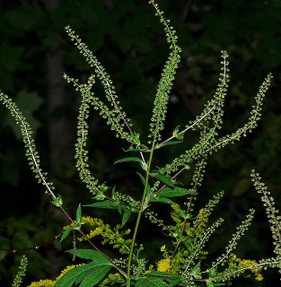 Giant Ragweed is also called Great Ragweed, Bitterweed, Bloodweed, Buffalo Weed, Horse Cane, and Horse and Tall Ambrosia. Native Americans used the fiber from the stems to make thread and rope.
Giant Ragweed is also called Great Ragweed, Bitterweed, Bloodweed, Buffalo Weed, Horse Cane, and Horse and Tall Ambrosia. Native Americans used the fiber from the stems to make thread and rope.




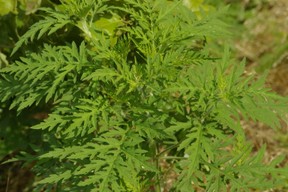 Ragweed is only behind mold in causing allergic symptoms. The ragweed flower normally blooms from early July until the weather gets cold. One ragweed plant can release up to a billion pollen grains.
Ragweed is only behind mold in causing allergic symptoms. The ragweed flower normally blooms from early July until the weather gets cold. One ragweed plant can release up to a billion pollen grains.



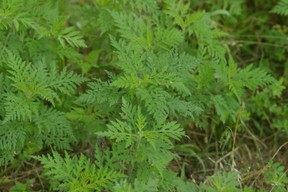 Ragweed produces nutritious seeds for wildlife, especially pheasant and quail.
Ragweed produces nutritious seeds for wildlife, especially pheasant and quail.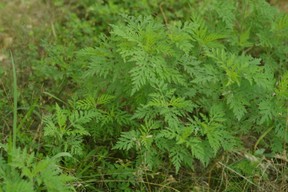 Chemical spraying will usually get rid of ragweed quickly, but you probably will have to use an aggressive herbicide in order to kill it.
Chemical spraying will usually get rid of ragweed quickly, but you probably will have to use an aggressive herbicide in order to kill it.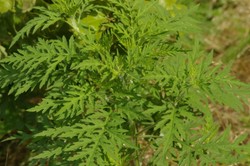

 I Loved to Read in Grade School (in the 1960s)on 09/29/2018
I Loved to Read in Grade School (in the 1960s)on 09/29/2018
 Halloween Memories from the 1960son 09/17/2018
Halloween Memories from the 1960son 09/17/2018
 What on Earth is Earthing?on 06/03/2015
What on Earth is Earthing?on 06/03/2015
 Worm Manure (Castings) Is The Best Organic Fertilizeron 05/25/2015
Worm Manure (Castings) Is The Best Organic Fertilizeron 05/25/2015

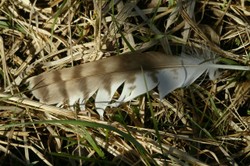
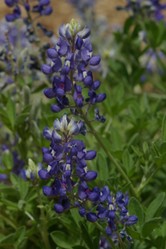
Comments
I think that readers should know that ragweed is not the same plant as what Britons call ragwort.which is Senecio jacobeae [also known as Jacobeae vulgaris.] This plant is known to be toxic tocattle.
AngelaJohnson, Thank you for the practical information and the product line. Does ragweed companion-plant or serve as a bait plant?
The arborist rule emphasizes that any one of controlled burning, extreme cutback (such as mowing, pruning, trimming) and nonorganic/organic treatments removes a pesty plant within two to three years and that any two will terminate it in one.